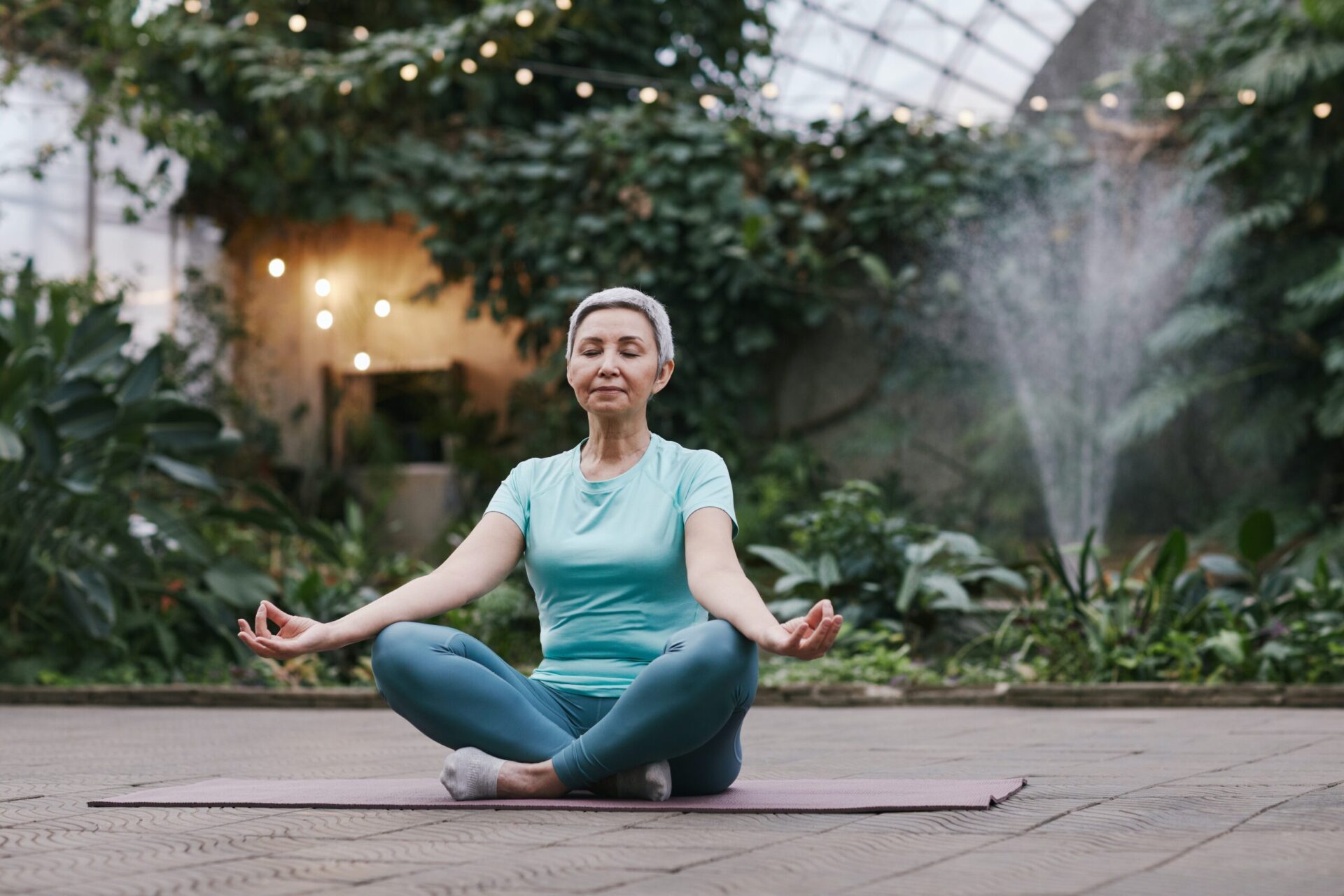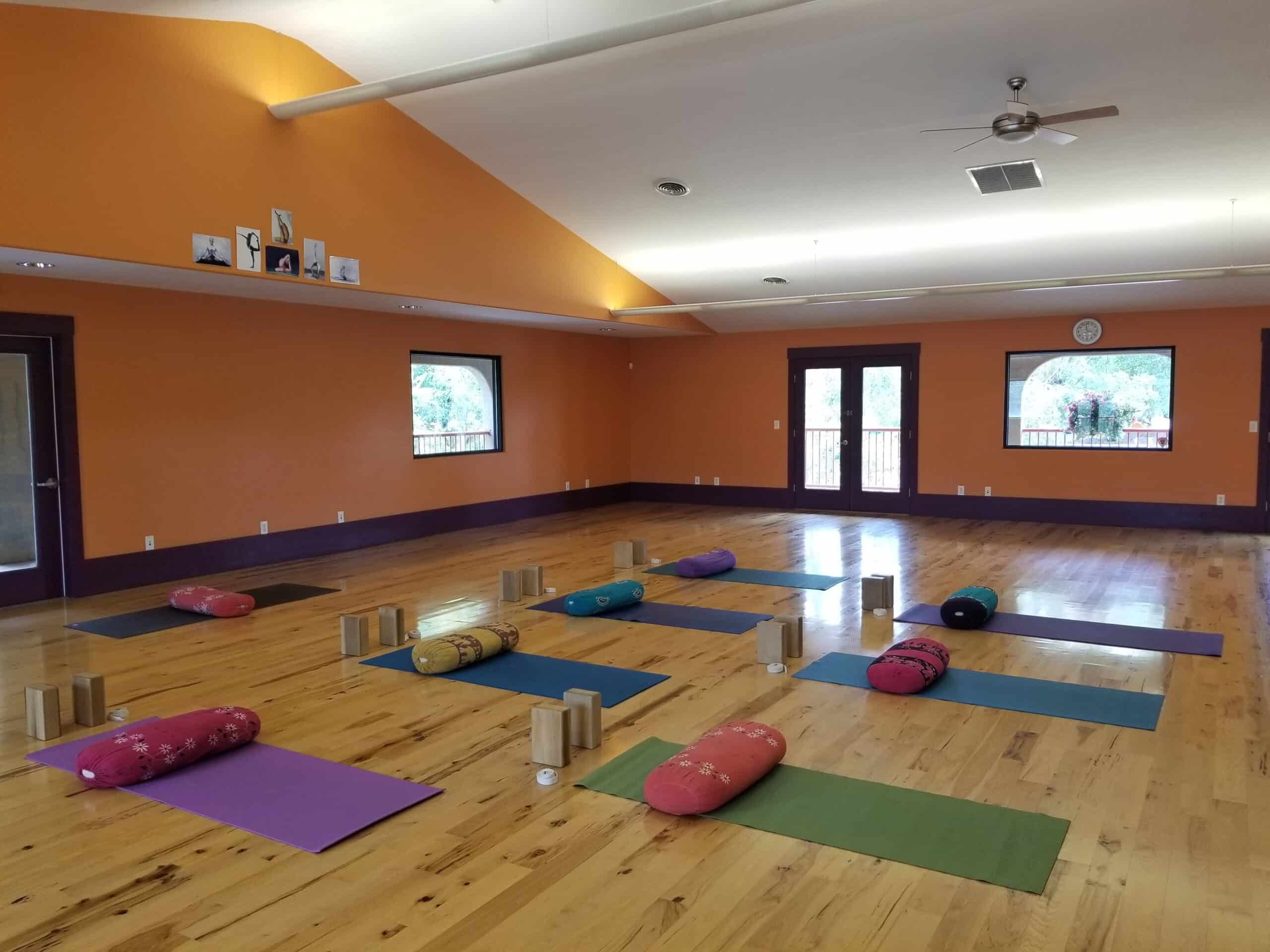Use The Eight Limbs of Yoga Inside Out | By Marja Wilson
From the inside out, The Eight Limbs of Yoga can be a useful tool for meditation as well as thoughtful daily reminders. As the winter approaches, so do the pressures of the holidays. Compounded by seasonal affect disorder, life’s complexities can dim the joy of merriment; however, there is good news. The Eight Limbs of Yoga offers a two-fold solution to the blues by balancing moods while managing our interactions in the cold months that lie ahead.
Written by the sage, Patanjali, sometime between 200 BCE to 200 CE, Yoga’s Eight Limbs is an important section in the first of his four books called the Yoga Sutras. The concise “one liners” are basic instructions at attaining levels of enlightenment. Jivana Heyman, author of the book Accessible Yoga: Poses and Practices for Every Body, points out that Patanjali’s teachings may exceed the goals of some people. He says, “What if we just want to reduce our suffering and manage life?”
Within the greater body of the Sutras, the Eight Limbs on their own provide useful tips to calm the mind as well as regulate the unique balance of life.
Heyman suggests the Eight Limbs are relevant in a contemporary yoga practice regarding tools for self-care and universal values. While they do not need to be practiced in order, Heyman adds, “With reflection and sitting with any principle that seems difficult, we learn discernment and clear vision.”
Rolf Sovik, president and spiritual director of the Himalayan Institute, explains that The Eight Limbs or the Ashta-anga, have a distinct role in one’s unfolding process. Uniquely, the principles (below) are organic and do not need to be perfected, merely practiced.
- The Yamas consist of five sub-elements: Non-harming, truthfulness, non-stealing, moderation of the senses and non-possessiveness. The Yamas can be thought of as outward actions and a means to gain composure as we jockey through the traffic of life. They are a social gauge to monitor our behavior and the way we conduct ourselves towards others.
- The Niyamas also include five aspects: Purity, contentment, self-discipline, self-study and self-surrender. These are observances or inner practices that cultivate understanding and knowledge of the self. They are designed to reflect the flavor of our thoughts and the way we see ourselves.
- Asana is the physical component of yoga. As a modality to warm, stretch, and strengthen the body, asana also prepares the mind to settle and open to the refinements of pranayama.
- Pranayama, or breath control, are breathing techniques that are the single most effective way to calm the mind and nervous system. The therapeutic benefits of paying attention to the movement of the breath has shown to increase mindfulness, reduce stress, and improve sleep.
- Pratyahara or sensory withdrawal literally means, “to draw back.” We use our senses to collect information from the environment to form thoughts. From seeing, hearing, feeling, tasting and touching, our brain processes impulses. It does not mean switching the senses off, but rather making a conscious effort to direct attention inward rather than on external stimuli. One way to rest our senses, is to become keenly aware of the breath.
- Dharana is when the mind leans inward and grows comfortably stable. This kind of effortless concentration refers to watching the breath (or a mantra) without tension or distraction.
- Dhyana. When the ability to concentrate can be relaxed and held steady, the unbroken flow of concentration is called meditation.
- Samadhi is the simple witnessing of our true uninterrupted self.
Eight Limbs for Daily Benevolence
- Yamas (Restraints)
- Niyamas(Observances)
- Asana (Physical postures)
- Pranayama (Breathing Techniques)
- Pratyahara (Inward focus)
- Dharana (Concentration)
- Dhyana (Meditation)
- Samadhi (Flow State)
Eight Limbs for Meditation
1, 2. Yamas and Niyamas reduces distractions by managing urges and desires in preparation for an uncluttered meditation practice.
3. Asana makes the body strong enough to support itself in a seated position for a period of time.
4. Pranayama quiets the body and senses with controlled breathing that causes a reduction of subconscious reactiveness.
5,6,7. Pratyahara, Dhrana and Dhyana cultivate an uninterrupted mind. It watches the breath resting alert and steady. This relaxed and flowing effort to concentrate is called meditation.
8. Samadhi is the self alone shining in the mind.
This system of yoga described by Patanjali in its eight divisions, provides both an easy method for meditation and a measure to better gauge our emotional and physiological barometric pressure. Each limb has a distinct role, but does not require perfection or to be followed sequentially. Because they are sustainable on their own, the Eight Limbs serve a collective purpose to identify social conduct, self discipline, to tame the senses and finally navigate busy schedules with ease and confidence.
Take 10 minutes before your day begins and invest in the Eight Limbs of Yoga inside and outside of your head. How we manage the holidays makes a difference.
Photo by Marcus Aurelius.
 Marja is a certified eRYT 500 yoga instructor. Her 20 years of experience, passion, and sense of humor keeps her approach to teaching yoga and mindfulness light and entertaining. Her academic background includes a BA in health science and an MS in Health Promotion. With a Post Baccalaureate Certificate in community health, her combined studies of yoga and mediation in India serve to enrich her understanding of the mind/body connection. Marja and her husband, John, live part time in Colorado and Australia. While in the U,S., she is an instructor at the Bhava Yoga Studio in Breckenridge, CO. Headshot by Meredith Austin.
Marja is a certified eRYT 500 yoga instructor. Her 20 years of experience, passion, and sense of humor keeps her approach to teaching yoga and mindfulness light and entertaining. Her academic background includes a BA in health science and an MS in Health Promotion. With a Post Baccalaureate Certificate in community health, her combined studies of yoga and mediation in India serve to enrich her understanding of the mind/body connection. Marja and her husband, John, live part time in Colorado and Australia. While in the U,S., she is an instructor at the Bhava Yoga Studio in Breckenridge, CO. Headshot by Meredith Austin.
A warming blend of peppermint, eucalyptus, juniper berry, lemon peel, ginger root and “whole-plant” CBD is exactly what [...]

Subscribe to Our Tribe
Stay up to date with Y+L News, Events and special announcements.










